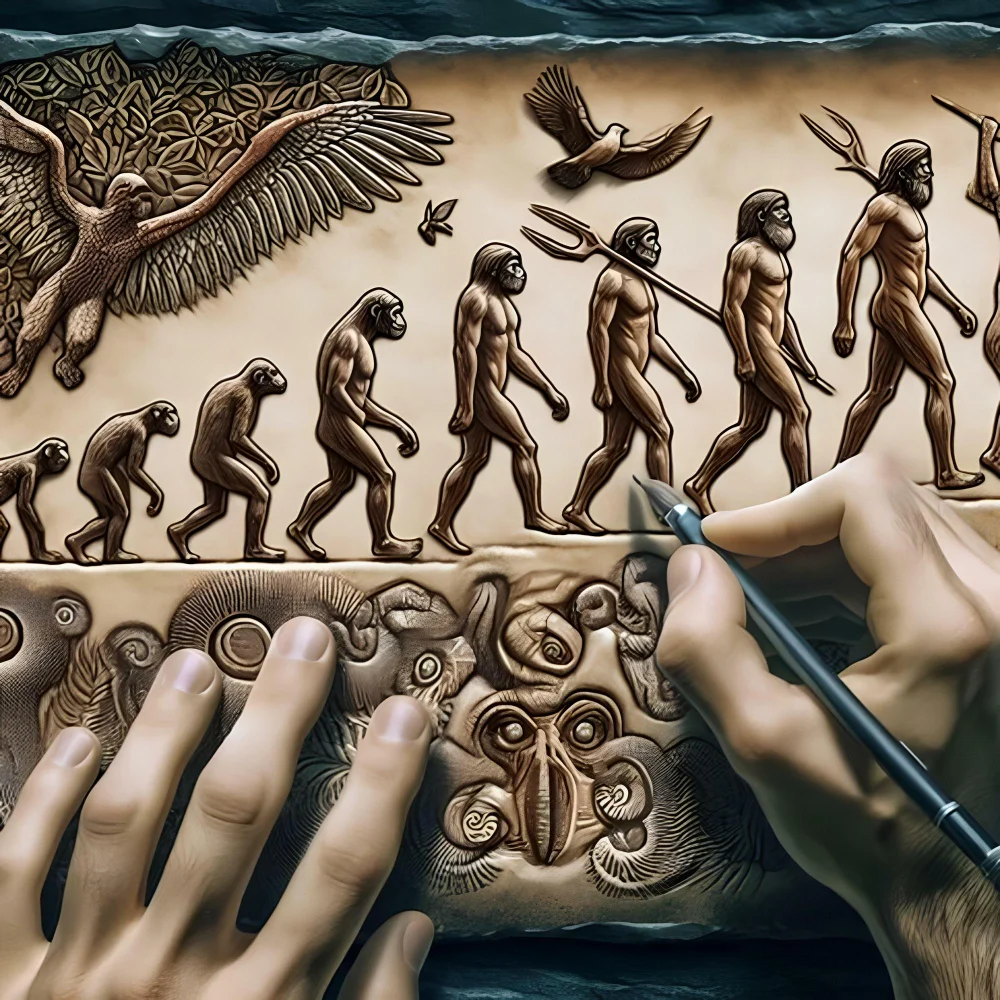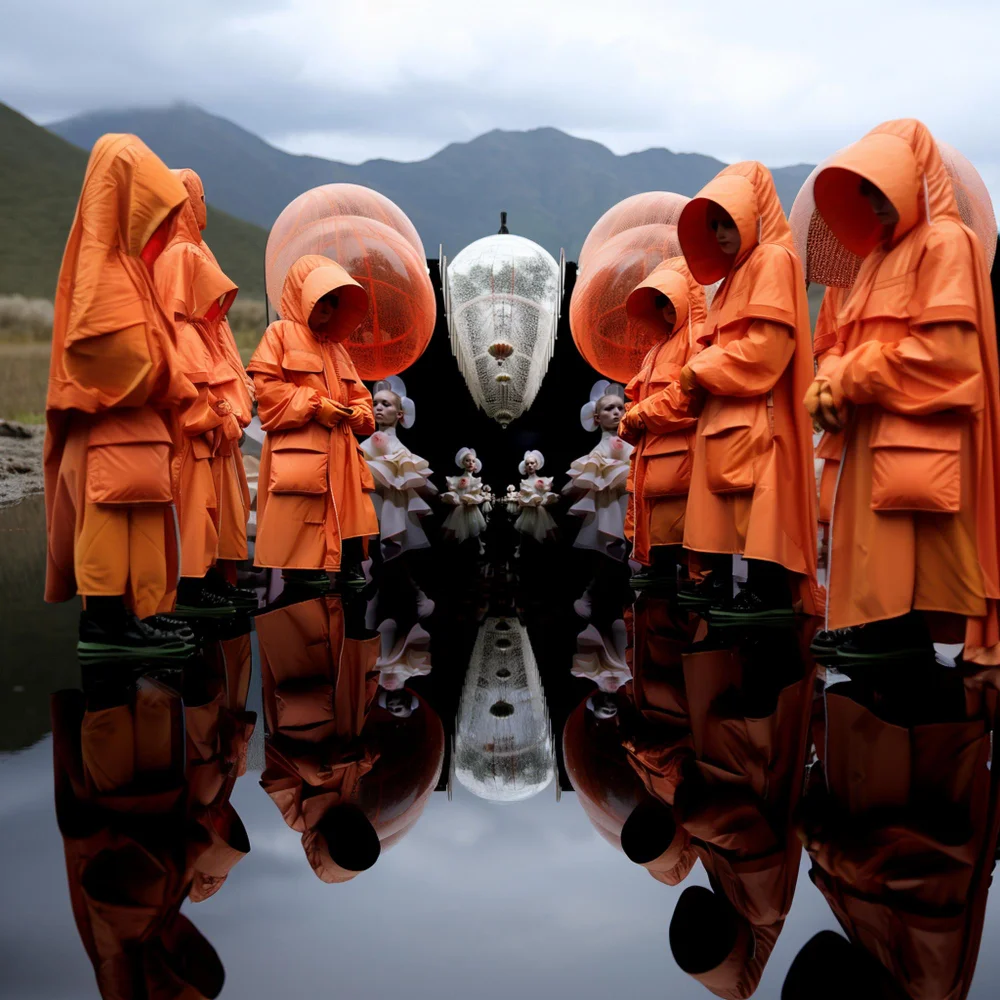Ancient artz represents one of humanity’s greatest and most enduring achievements. The art from ancient civilizations continues to shape the world we live in today, offering insights into the spiritual, political, and cultural life of past societies. From cave paintings in France to the grand structures of Egypt, ancient artz tells the story of human creativity and its relationship with the environment, the divine, and the everyday.
In this article, we will explore the roots of ancient artz, its significance across various cultures, and how it has influenced modern art practices. We will also look at how these works have survived the passage of time and remain an integral part of global heritage.
1. Introduction to Ancient Artz
Art is often seen as the reflection of the society that produces it. Ancient artz, ranging from simple cave paintings to monumental sculptures, serves as a visual language that conveys the beliefs, practices, and social dynamics of ancient civilizations. These artifacts, preserved through the ages, offer a glimpse into the minds of those who created them and the cultures they represent.
By understanding ancient artz, we not only learn about the people who lived thousands of years ago but also about the universal human need for expression, identity, and connection with the world. Ancient artworks were often created for religious, political, and ceremonial purposes, serving as a link between the living and the divine.
2. The Origins of Ancient Art
The origins of ancient artz date back at least 40,000 years to the Paleolithic era. Early humans began to use visual representations as a way to communicate, record events, and connect with their spiritual beliefs. One of the most famous examples of early art is the cave paintings found in the Chauvet-Pont-d’Arc Cave in France. These intricate depictions of animals, made with charcoal and ochre, are among the earliest known examples of human creativity.
These first representations were not merely decorative but were likely used in spiritual rituals, intended to invoke the power of the animals they depicted. The earliest ancient artz served as a way to document the environment, express beliefs, and establish connections with the forces that were believed to govern life.
3. Key Regions and Styles in Ancient Artz
As civilization spread across the globe, ancient artz evolved in distinct ways depending on the cultural and geographical context. From the deserts of Egypt to the fertile lands of Mesopotamia, each region developed its own artistic style that reflected its unique values, beliefs, and social structures.
Egyptian Art
Egyptian art is perhaps the most recognizable form of ancient artz. Known for its monumental architecture, tomb paintings, and intricate statuary, Egyptian art was deeply connected to the concepts of eternity, the afterlife, and divine rulers. The Great Pyramids of Giza, the Sphinx, and the hieroglyphic writing system are iconic contributions from ancient Egypt.
Egyptian artists focused on rigid formality and symbolism, often depicting gods and pharaohs in larger-than-life proportions to reflect their divine nature and importance. Ancient artz in Egypt served both spiritual and political purposes, reinforcing the power of the gods and rulers.
Mesopotamian Art
In the region of Mesopotamia, often called the cradle of civilization, the Sumerians, Babylonians, and Assyrians produced remarkable works of art that reflected the religious and political life of the time. Mesopotamian art, including ziggurats, statues, and relief carvings, was deeply influenced by the gods and the concept of divine kingship.
One of the most famous examples of ancient artz from Mesopotamia is the Stele of Hammurabi, a large stone tablet inscribed with one of the earliest known codes of law. This relief shows the Babylonian king Hammurabi receiving the laws from the sun god Shamash, symbolizing the divine right to rule and the role of art in reinforcing social order.
Greek and Roman Art
The classical world of ancient Greece and Rome introduced a focus on humanism, balance, and realism. Greek art, especially sculpture and pottery, set new standards for the portrayal of the human body. The Greeks were interested in ideal proportions and harmonious forms, which were reflected in the sculptures of gods, athletes, and philosophers.
Roman art, influenced heavily by the Greeks, expanded on these traditions, producing monumental architecture such as the Colosseum and the Roman Forum. Ancient artz in the Roman world also served political purposes, with emperors commissioning busts, monuments, and public buildings to affirm their power and legacy.
Asian Art
In the East, ancient art was shaped by spiritual and philosophical traditions. From the Terracotta Army of China to the intricate temple carvings of India, ancient artz in Asia was often closely tied to religious practice. In China, art focused on harmony with nature, as seen in the jade carvings and bronze ritual vessels.
In India, religious themes dominated the art, especially in the depiction of gods and mythological creatures. The architecture of temples and the fine sculptures adorning them were integral to the worship practices, reflecting a deep connection between art, nature, and the divine.
4. Comparison Between Ancient and Modern Art
While ancient artz often had a functional or spiritual purpose, modern art tends to be more experimental, personal, and abstract. Ancient art was created to serve a particular societal function, whether it was to honor gods, commemorate rulers, or express cultural identity.
In contrast, modern art often focuses on individual expression, exploring themes such as identity, existentialism, and abstraction. However, the influence of ancient art on modern artists is undeniable. Many contemporary artists draw inspiration from the symbolic use of color, form, and subject matter found in ancient art.
5. Famous Ancient Artifacts Across the World
Some of the most famous ancient artz artifacts have survived for millennia, offering us a glimpse into the past. Among these are the Rosetta Stone, which helped scholars decipher Egyptian hieroglyphs, and the Venus de Milo, a statue from ancient Greece that represents the idealized human form.
Artifacts such as the Mask of Tutankhamun and the Elgin Marbles also hold significant cultural value, as they connect us to the people and civilizations that created them. These artifacts remind us that ancient artz is not only about aesthetics but also about preserving history and culture.
6. Evolution of Artistic Techniques Over Time
Ancient artz techniques evolved over thousands of years, from simple cave paintings to highly sophisticated sculptures and architectural designs. Early human art was focused on basic forms of expression, often linked to survival and spiritual beliefs. As civilizations grew more complex, their art began to reflect political power, social hierarchies, and religious ideologies.
For instance, Egyptian art evolved from rudimentary depictions of animals and gods to highly stylized, detailed representations of the pharaohs and deities. Similarly, Greek and Roman art developed from idealized forms to more naturalistic portrayals of the human body, focusing on realism and proportion.
7. Cultural and Spiritual Significance of Ancient Artz
Ancient art was never just about aesthetics. It served a profound spiritual and political purpose. Temples, tombs, and sculptures were not just artistic expressions but were designed as spiritual tools to connect the divine and the mortal world. Ancient artz was often created to commemorate gods, rulers, or important events, symbolizing power, belief, and continuity.
In Egypt, the monumental statues of pharaohs were designed to assert their divine rule and ensure immortality. Similarly, Roman busts of emperors reinforced their power, with the art serving both as a political tool and a spiritual link to the divine.
8. Preservation of Ancient Artz
Preserving ancient artz has been a significant challenge due to the passage of time and the effects of natural elements. Many ancient works have survived in part due to careful preservation efforts, such as the creation of museums and the protection of cultural heritage sites.
The study and restoration of ancient art are essential not only for preserving aesthetic value but also for understanding historical contexts. Thanks to modern technologies, we can now digitally recreate and preserve ancient art, ensuring that future generations can continue to appreciate and learn from these timeless works.
9. Impact of Ancient Artz on Modern Society
The legacy of ancient artz continues to shape modern society in profound ways. From architecture to fashion, ancient artistic techniques and motifs are still relevant today. Modern architects, designers, and artists frequently draw upon the forms, proportions, and symbolic meanings of ancient art when creating new works.
Ancient art has also influenced contemporary art movements, such as Neoclassicism, which revived classical Greek and Roman styles. Furthermore, the enduring appeal of ancient artz can be seen in popular culture, with ancient symbols and imagery being used in film, literature, and even video games.
10. Educational Resources for Ancient Artz
For those interested in learning more about ancient artz, there are numerous educational resources available. Online courses, museums, and digital archives provide access to detailed studies of ancient art, offering insights into the techniques, meanings, and cultural contexts of these works.
Many institutions offer virtual tours of famous ancient art collections, allowing people from all over the world to explore and learn about ancient art in new and interactive ways.
Conclusion
Ancient artz is a testament to human creativity, spirituality, and ingenuity. From the early cave paintings to the grand monuments of Egypt and Rome, ancient art tells the stories of our ancestors and their cultures. By preserving and studying these works, we continue to learn about the foundations of human civilization and the lasting impact of art on society.
Through its rich diversity, ancient artz offers endless opportunities for exploration, offering a link between the past and the present. As we move forward, it is crucial to keep these artistic legacies alive, ensuring that the creativity and wisdom of the ancient world continue to inspire future generations.


